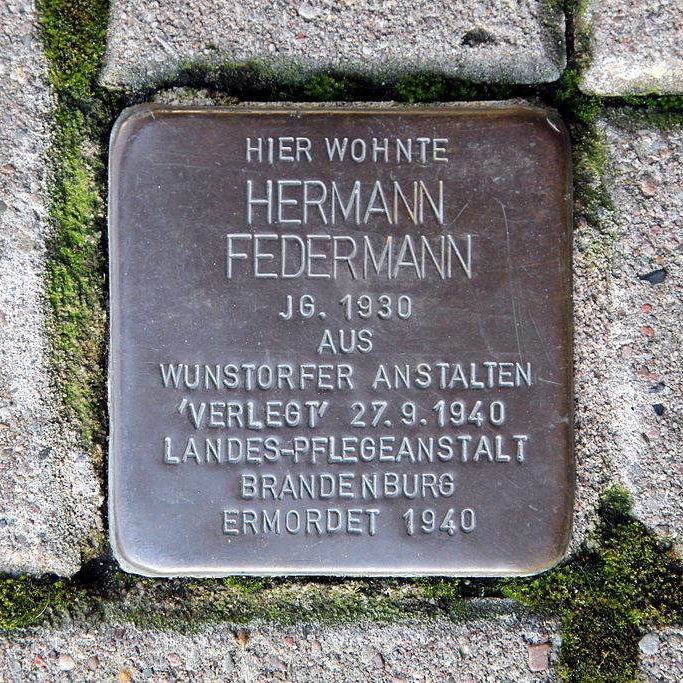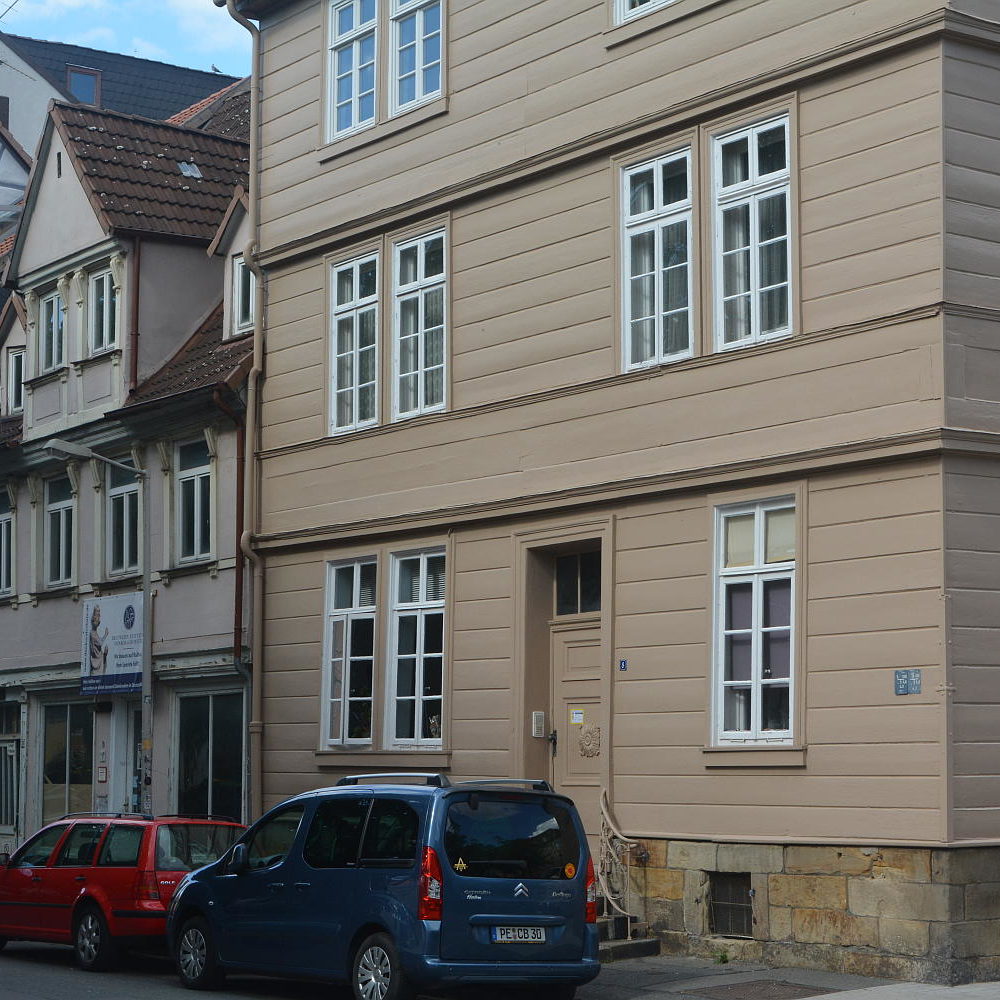At the north-eastern side of Wagenerstrasse, just before the passageway to Archivstrasse, there is a Stolperstein for Hermann Federmann embedded in the ground of the pedestrian walkway. Stolpersteine commemorate the fate of people who were expelled, deported, driven to suicide or murdered under National Socialism. They are located at the sites where the victims had last chosen to reside of their own free will. Hermann Federmann lived until 1937 on the site where the Haus kirchlicher Dienste [House of Church Support Services] now stands.
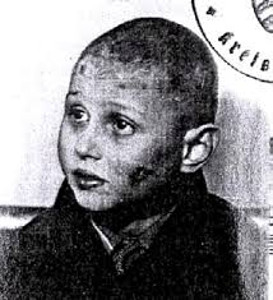
Growing up on Wagenerstrasse
Hermann Federmann was born on 18 March 1930, the eldest son of the tailor Abraham Federmann (*17.02.1899) from Radomsko, Poland, and Charlotte Federmann (*04.01.1908), née Silberberg, from Hanover. His brother Rafael was born on 21 October 1935. The family lived at Wagenerstrasse 1 in Calenberger Neustadt, just a short walk from the synagogue of the Jewish community to which they belonged. Hermann Federmann was not in good health, as he suffered from epilepsy and was mentally handicapped. He was first admitted to Langenhagen mental hospital at the age of two.
The Federmanns were among those who made preparations to leave Germany at an early stage. However, Hermann’s nursing care needs and welfare may initially have been a reason to stay. The parents could not risk going to a foreign country with a disabled child. Eventually, they placed Hermann as an inpatient in Langenhagen mental hospital, hoping that he would be in good hands there. On 28 July 1937, the parents emigrated to Argentina with Rafael. They had to leave Hermann behind in Nazi Germany when he was seven years old.
In the hands of the Bethel Institutions
Shortly after his eighth birthday, on 22 March 1938, Hermann came to the von Bodelschwingh Institutions in Bethel [von Bodelschwinghsche Anstalten Bethel], part of Gadderbaum, a district of Bielefeld, where he was placed in the Patmos House. Initially, the family’s contact person with the institution was an uncle who still lived in Hanover. Later, a member of the Jewish community, Josef Meyer from Bielefeld, became Hermann’s guardian. As of 1940, the welfare department of the Hanover synagogue community financed his accommodation.
The only surviving photograph of Hermann Federmann is from an official document from the Gadderbaum local police authority. Taken from above, the photo, like the officials’ language, shows disdain for the child, who is belittled as “completely stupid” (see photo). The wording of the form also reflects a basic attitude of contempt for humanity, e.g. by using the term “feeble” to describe the person.
Disability as a death sentence
At the beginning of September 1940, the management of the institution in Bethel received a decree from the Reich Minister of the Interior stating that all mentally ill people of Jewish descent were to be placed in a collection centre. This decree was part of a campaign carried out from the summer of 1940 with the aim of murdering people with disabilities, the so-called euthanasia programme. Eight of those affected, including Hermann Federmann, were sent to the state nursing home [Landes-Pflegeanstalt] in Wunstorf on 21 September 1940. One week later, on 27 September, Hermann and 157 other mentally ill people of Jewish origin from all over northern Germany were deported to the Brandenburg an der Havel State Nursing Home. The name Landes-Pflegeanstalt conceals what happened there: it was here that up until October 1940, more than 9,000 mentally ill and mentally disabled people from northern and central Germany were murdered in the gas chamber.
Hermann Federmann was murdered in the Brandenburg an der Havel State Nursing Home on the same day he arrived, on 27 September 1940, at the age of just ten. The Stolperstein commemorates the suffering inflicted on Hermann Federmann as well as the fact that he was murdered.
Memorials
The Stolperstein for Hermann Federmann was laid on 7 October 2011 by: City of Hanover, Department of Education and Training, Culture of Remembrance Project.
The staff of the Haus kirchlicher Dienste commemorated Hermann Federmann in a prayer service on 6 November 2013. From then on, a flower is laid at the Stolperstein on the anniversary of his birth and death to keep the memory of Hermann Federmann alive.
Special thanks
We would like to thank the Haus kirchlicher Dienste for permission to reproduce the text: https://www.kirchliche-dienste.de//arbeitsfelder/judentum/stolperstein
Additional online information
Haus Kirchlicher Dienste The Church and Judaism [in German]
Bethel Secondary School Biographies of persecuted individuals [in German]
Wikipedia entry Killing of the ill during National Socialism [in German]
Wikipedia entry Child euthanasia in Nazi Germany
Dr. Raimond Reiter Psychiatry in the “Third Reich” in Lower Saxony [in German]
The Brandenburg Memorials Foundation Memorial for the Victims of the Euthanasia Killings
Civic Culture of Remembrance Stolpersteine installed in Hanover [in German]
Further reading: Click here
Text: Field of work: The Church and Judaism at the Haus Kirchlicher Dienste
Images: Michael Pechel

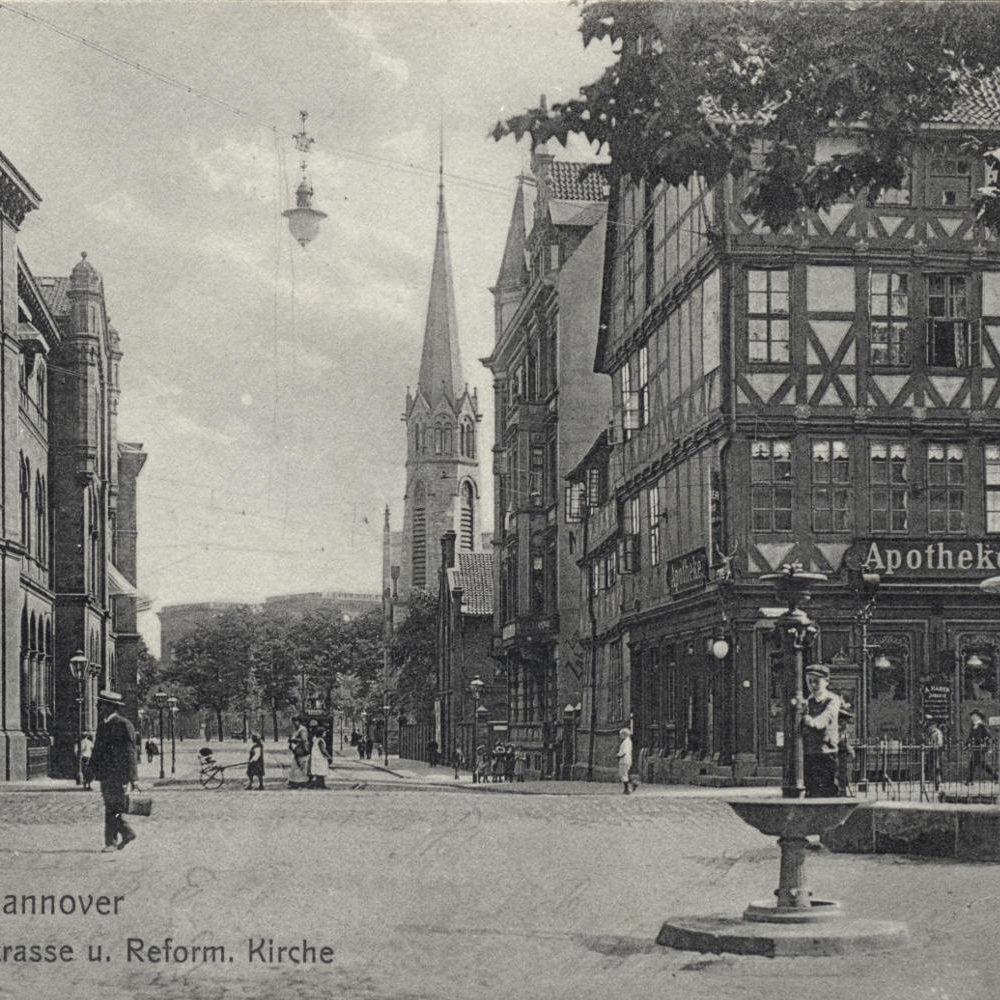
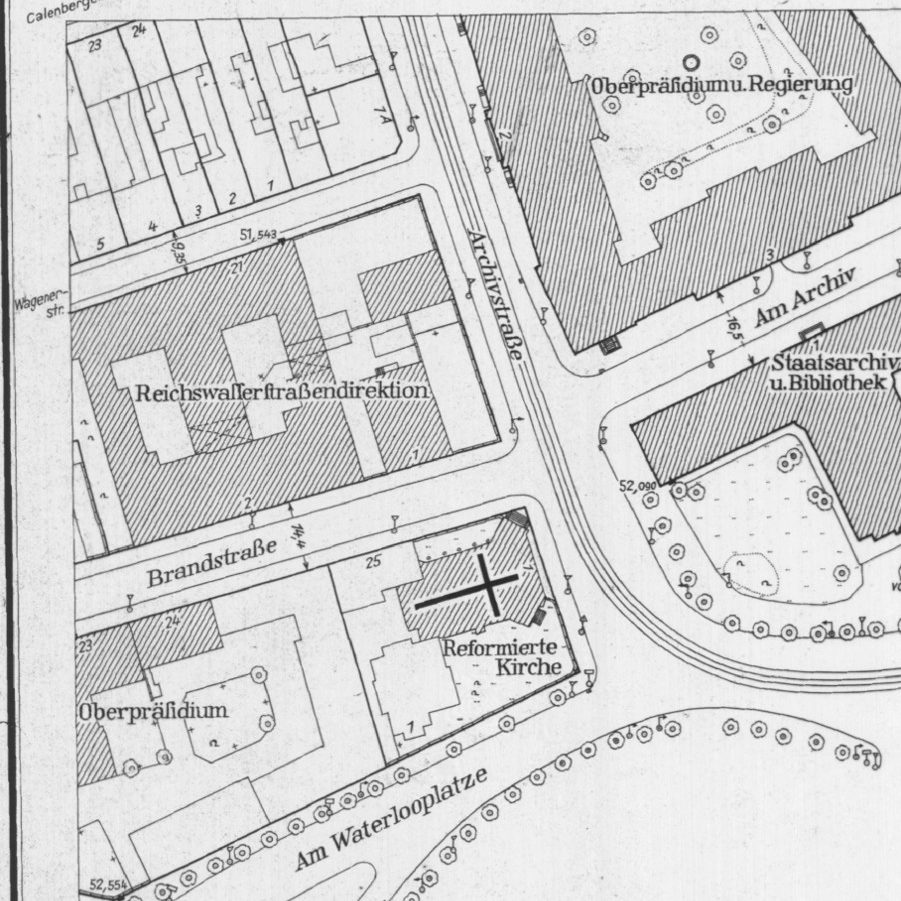
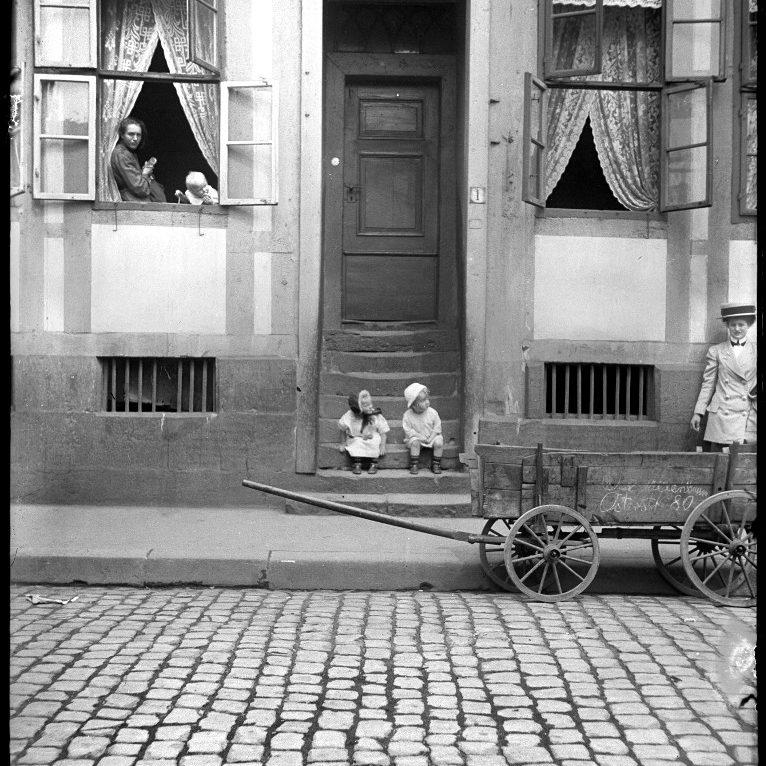
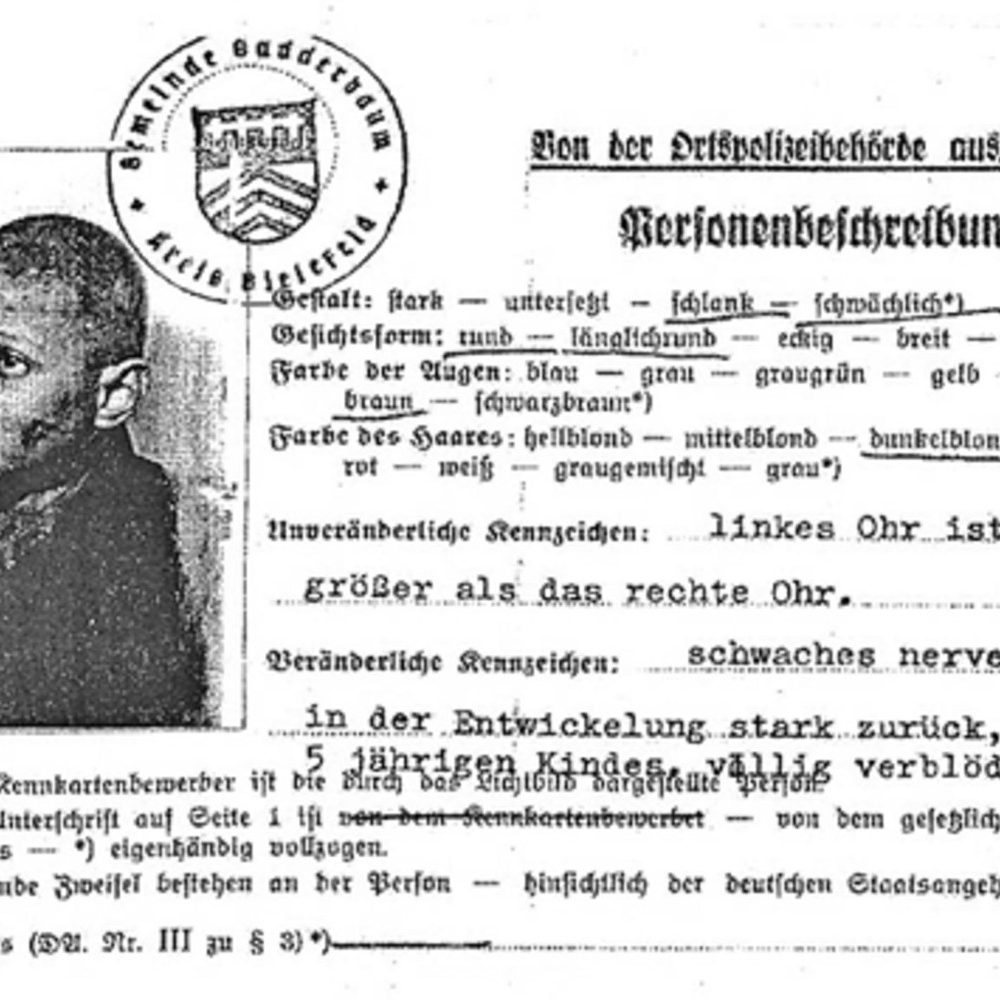
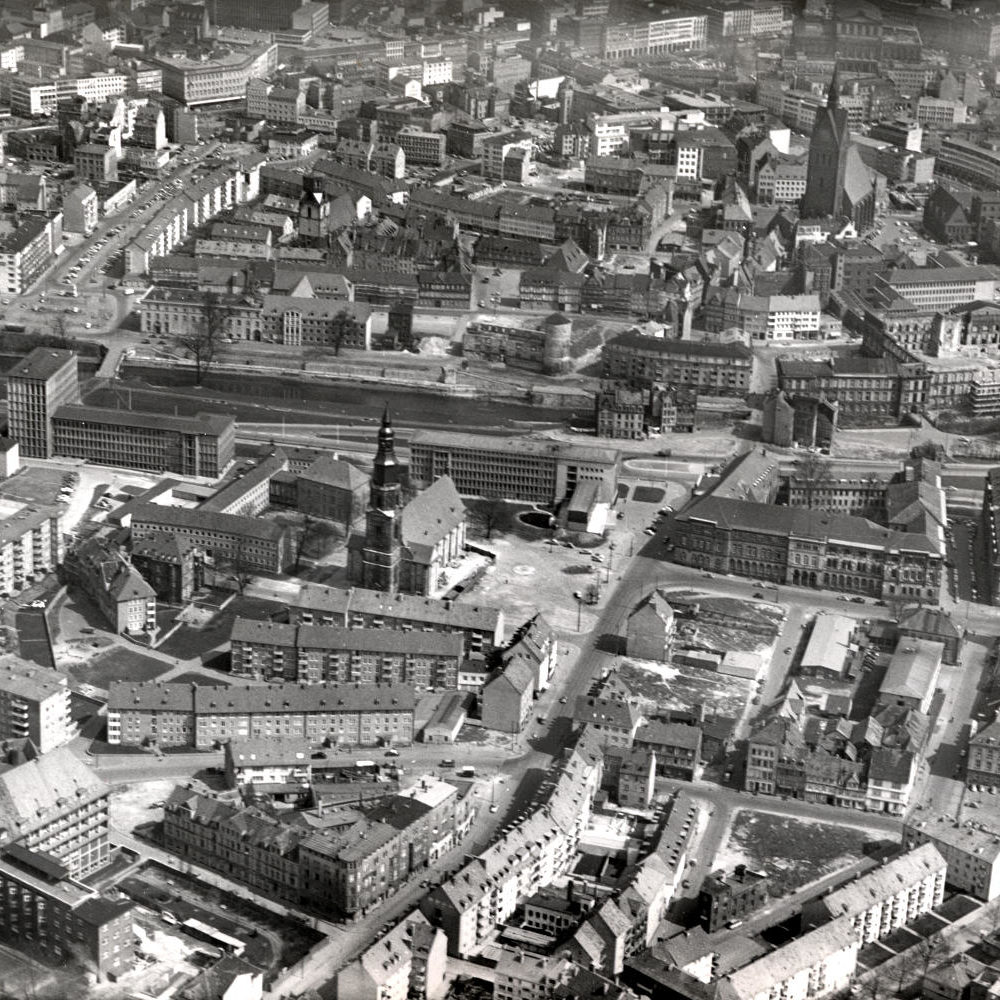
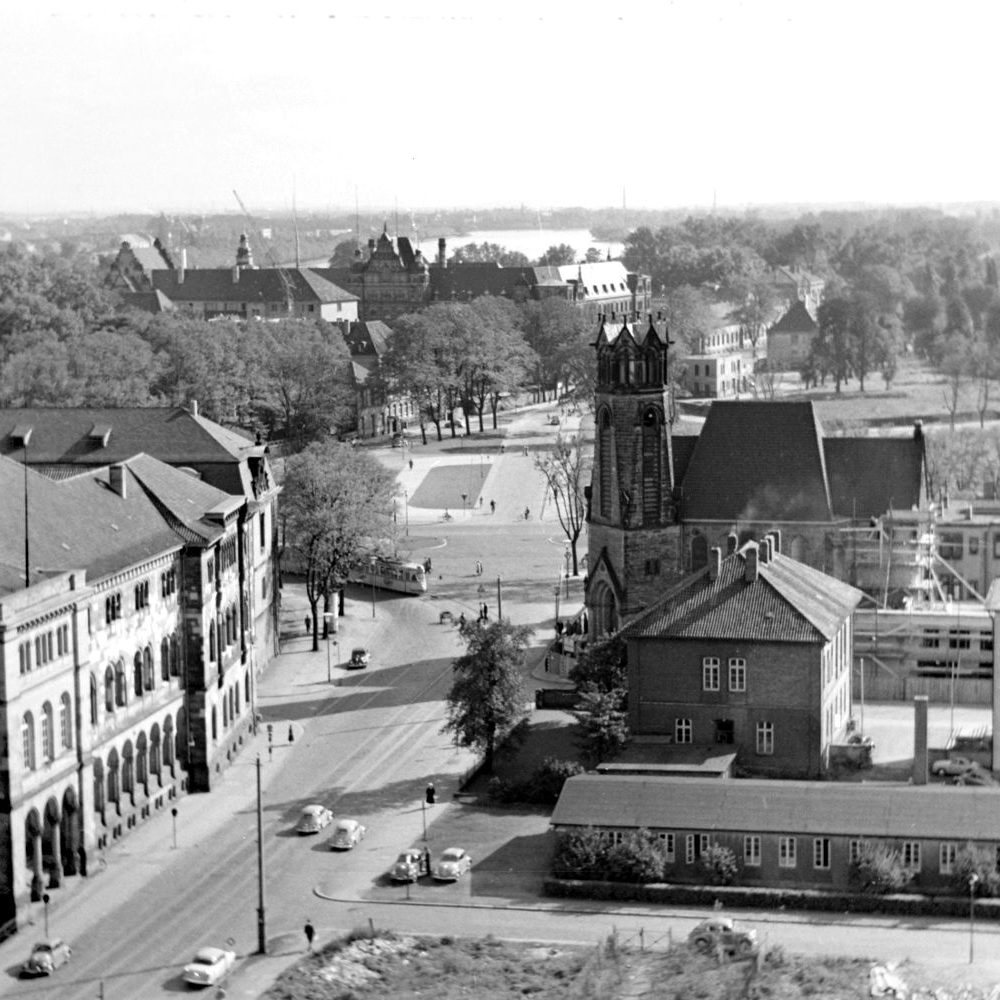
![Hanover: Corner of Calenberger Strasse/Archivstrasse with the Haus kirchlicher Dienste [House of Church Support Services] (right), 2020. Photo by Michael Pechel](https://zukunft-heisst-erinnern.de/wp-content/uploads/2020/09/Hermann_Federmann_4-1000x1000.jpg)
